Roofing material and roofing felt: what is the difference?
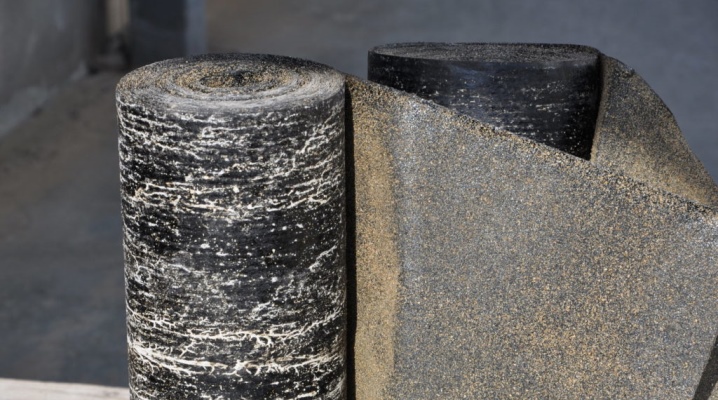
When arranging the protection of buildings from moisture and dampness, the question may arise which is better to use - roofing felt or roofing felt. In our article, you will find out what is the difference between these similar materials and what is best for your construction.
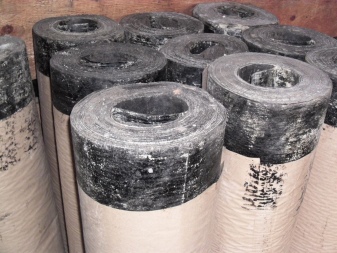

Differences in composition and production
Roofing material and roofing felt have the same structure: cardboard base, liquid impregnation and an outer protective layer. But the composition of their components is different.
The basis of both types of raw materials is technical cardboard with a thickness of 1-1.7 mm.
Cardboard burns very well, so none of these materials can boast fire resistance. Even impregnation, which is the main difference, does not help.
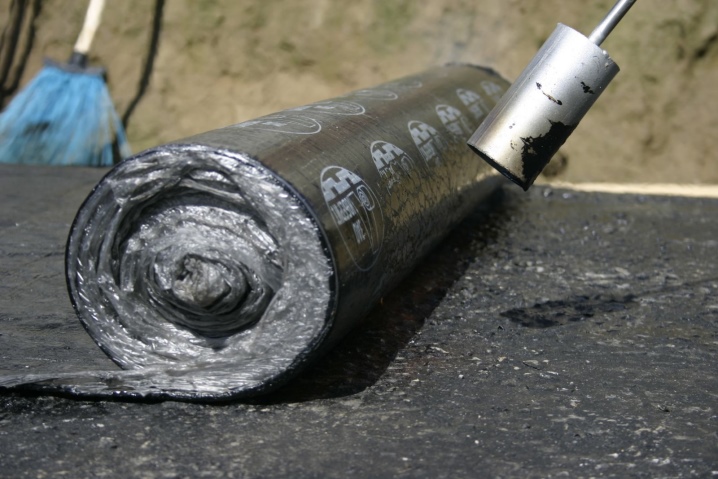
In the manufacture of glass roofing material, a special fiberglass fabric serves as the basis. It is more durable and lasts longer, but more expensive.
- Roofing impregnation is a solution based on coal or shale tar. During production, a roll of cardboard is passed through a bath with a molten mixture of sand and tar. Then the product remains in this form or goes for sprinkling.
- But for roofing material, the cardboard is impregnated with oil bitumen in 2 layers (easy and refractory).
The composition of the dressing may also vary:
- for roofing material it is basalt, asbestos spraying, talc shavings;
- for roofing - quartz sand, mineral chips.
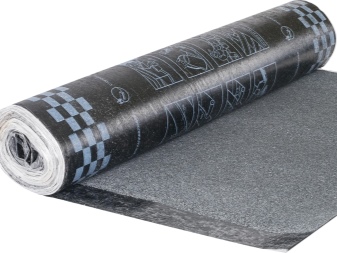
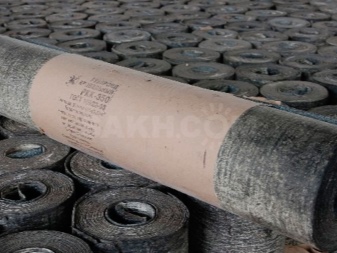
Sometimes it does not exist at all - then the material is used only for internal waterproofing and is not suitable as an outer layer of the roof.
Of course, different components make a difference in the properties of these 2 materials.
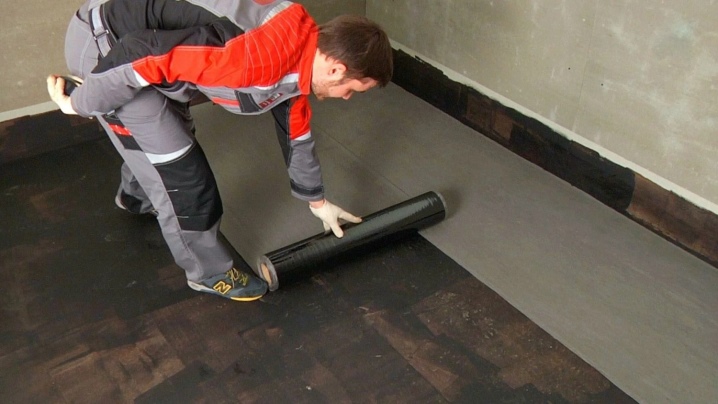
Difference in performance
Compared to roofing material, roofing felt has several advantages.
- Resistance to decay - the material is well suited for the arrangement of basements, cellars.
- Higher vapor permeability - less condensation appears in the room.
- Hygiene. The tar impregnation prevents bacteria from multiplying.
- Resistance to temperature extremes. The coating cracks less in cold weather and tolerates heat better.
- Slightly better moisture protection.
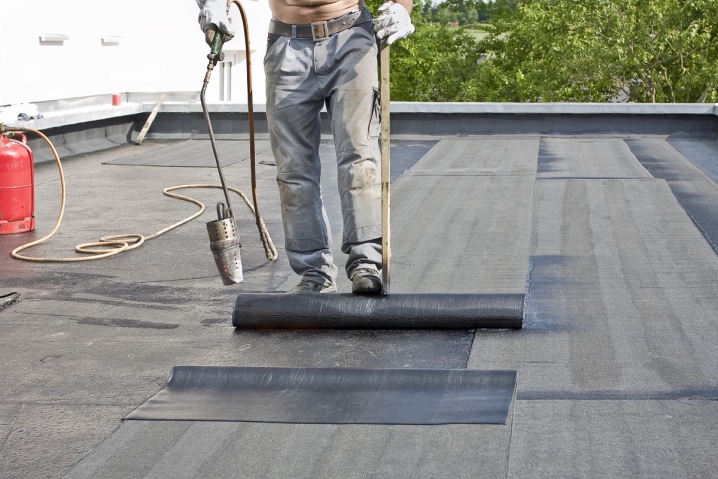
But the roofing material does not lag behind.
- Durability is its main advantage over tar. This material is more resistant to weathering and is well suited for external roofing.
- Durability. The coating does not crack over time and will last a long time (one layer of roofing roofing will not last even a season).
- Versatility. Roofing material can be used for roofs of any shape with slopes up to 10 degrees.
- It has slightly higher fire resistance.
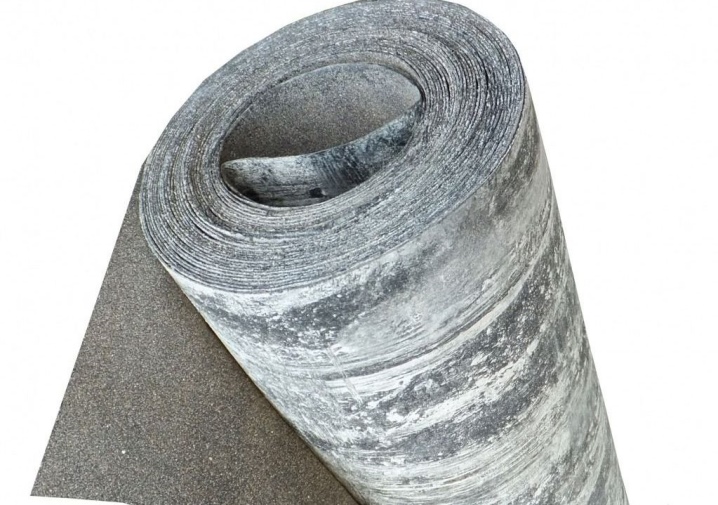
How else are they different?
The differences are most noticeable when buying.
- Price. Roofing material is 2 or more times more expensive than roofing felt. And given that it is advisable to lay both materials in at least 2 layers, the cost of the work increases many times over.
- Insulation reliability. The fewer joints, the better the protective properties of the coating. Some types of roofing material can be used to cover a small building without a single joint.
Due to its strength and durability, roofing material does not need to be changed as often as roofing felt. But in some cases it is more profitable to buy only.
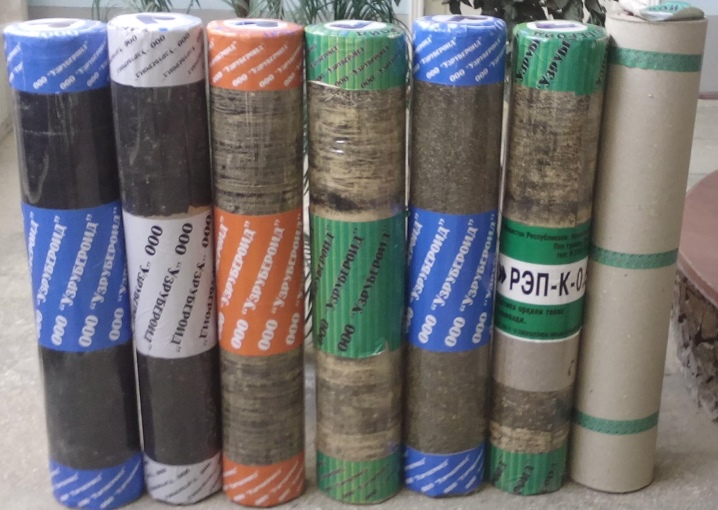
What's better?
The type of roof covering depends on the purpose of the building.
- For temporary structures (gazebos, wooden sheds), it is better to use roofing paper, since it is much cheaper. But the roof will also have to be repaired often - every 2-3 years, and if one layer - every year.
- Capital buildings require better materials. A layer of roofing material will last for a long time (with proper installation - 10 years, euroruberoid - 25 years and longer).
While both types of flooring are easy to install, it takes time.And money if you hire workers. Therefore, roofing material is much more widespread, mainly due to its durability.














The comment was sent successfully.